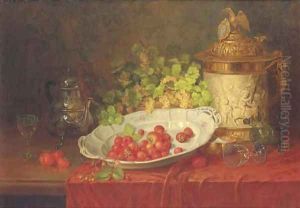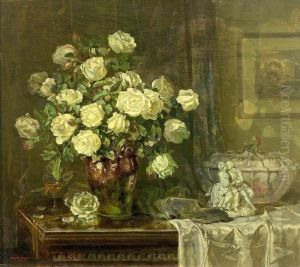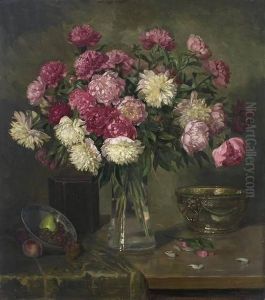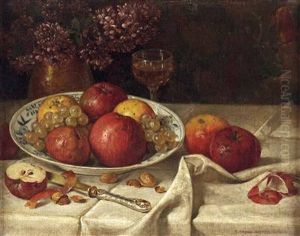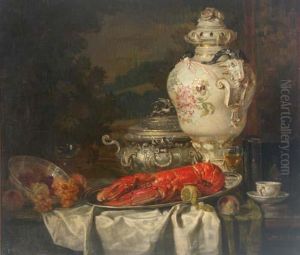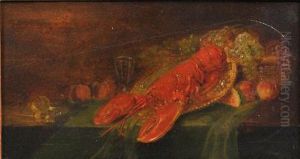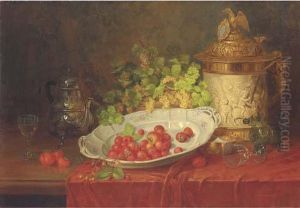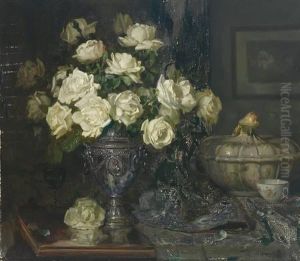Carl Thoma-Hofele Paintings
Carl Thoma-Hofele was a German artist known for his work during the late 19th and early 20th centuries. Born in 1868, Thoma-Hofele's artistic journey was shaped by the cultural and historical milieu of his time, with Germany experiencing significant changes as it moved from an era of monarchies to the more modern and tumultuous periods that would follow.
In his early years, Thoma-Hofele studied at various art institutions, honing his craft and developing a style that would eventually incorporate elements of Impressionism and Art Nouveau. His works often reflected the aesthetic movements of the day, with a particular focus on the interplay of light and color, as well as the exploration of natural forms and the beauty of the everyday.
Throughout his career, Thoma-Hofele exhibited his work in various shows and galleries, contributing to the vibrant art scene of the time. His paintings and illustrations captured the essence of the era and the spirit of the places he depicted, ranging from serene landscapes to the bustling city life. Despite the challenges faced during periods of political upheaval and the onset of World War I, Thoma-Hofele remained dedicated to his art, adapting his techniques and subjects to reflect the changing world around him.
Carl Thoma-Hofele passed away in 1940, leaving behind a legacy that would continue to inspire future generations of artists. His body of work stands as a testament to the rich artistic tradition of Germany and the enduring power of visual expression to capture the complexities of human experience.
